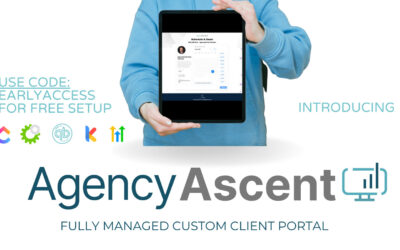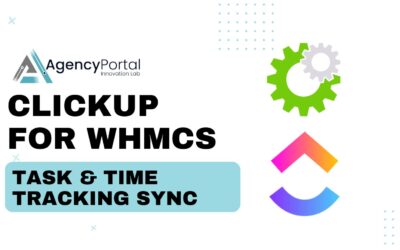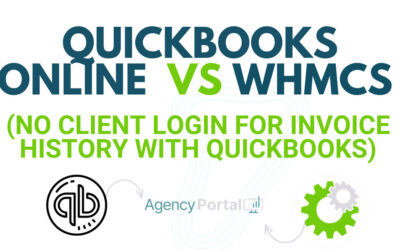The Issue That Crept Up on Us
In our agency’s initial hosting and maintenance packages, we calculated pricing based on market-value hosting and a small fee for maintenance. We based our hosting cost on the starter plan from WP Engine, because 99% of our clients fit that bill at the time, and we added a small margin for our maintenance efforts to the total monthly fee.
We were so in the website maintenance mindset that we overlooked hosting as a real cost factor.
-Bill, Agency Owner
This made for a straightforward, easy to sell plan, where clients loved the simplicity. But then growth happened — not our agency’s growth, but our clients’. And with growth came increased website activity and resource usage, something our original plans didn’t account for.
Our clients sites performed excellent for years with no issues. However, over time what started as a $400/mo fixed cost became $600, $900, then an additional server at $400, $600 and so on. While our clients rates stayed the same, because we didn’t have a clear system in place to charge fair overage charges.
Disclaimer: our agency uses WP Engine and we confidently recommend them for 3 reasons:
- their unbeatable and rapid support
- a personalized partner program where you are highly valued and prioritized
- higher profitability by offsetting the expense required to pay a web developer to maintain a high standard of server maintenance and 24/7 support (allowing us to scale faster)
The Resource Spike Dilemma
We found ourselves in a predicament when we began taking on larger websites. After migrating sites to our server, we’d get hit with the reality of their resource spikes. Try explaining to a client why their hosting costs just skyrocketed by $200 after 3 months — it’s as tough a conversation as it sounds. We were so in the website maintenance mindset that we overlooked hosting as a real pricing factor.
At one point we had one single membership and a small restaurant site on a $900 server and it was maxed. Not ideal. Hosting and maintenance went from being a high profit margin, bread and butter service, to a total loss on the books.
You can only come close to maxing resource capacity for so long before the consequences of running out of of gas hits like a ton of bricks. Picture 50 clients with an internal server error because one website had a massive spike and their reaction.
Finding a Solution
We needed a strategy that allowed for scalability without complicating billing or overloading our servers. That’s when we introduced a variable dollar amount per of bandwidth into our hosting plans, setting a benchmark for changing billing based on resource usage. We also needed a re-evaluation of deciding when a client should be put on their on own dedicated server, forgoing much higher profit margins, but ensuring they are able to utilize full server resources.
We decided to adjust the terms on our 4 maintenance levels to address any ambiguity specified that you get 1 site, 10gb storage, 40gb bandwidth, 25,000 visitors/mo on all of our maintenance plans, with the base plan being priced at $49/mo. With this benchmark established, we could then monitor concrete resource usage reports from WP Engine, and adjust our clients’ billing by $0.49per additional gb of bandwidth required to keep the website running smoothly. In this model the client gets fairly charged based on resource usage, and the amount corresponds roughly to costs involved in upgrading or downgrading WP Engine servers to keep up with demand.

Implementing Fair Billing with WHMCS
Thanks to WHMCS and its web host reseller capabilities, were able to implement this formula by utilizing configurable options, which account for a website’s actual server usage and transparently adds the modification to the invoice. Now, we’re able to clearly explain to our clients why hosting costs might fluctuate, and provide tangible data explaining why.
The Revised Plan
Today, our website, hosting, and maintenance packages still offer four fixed levels which we’ll talk more about in another post, but with a crucial difference: a variable component for hosting. This flexibility ensures we can scale without unforeseen expenses, preventing one resource-heavy site from impacting our entire client roster or our bottom line.
Key Takeaways
- Always factor in potential growth and resource usage when creating maintenance and hosting packages.
- Implement systems that allow for transparent, fair billing based on actual usage.
- Regularly review and adjust your plans to ensure they remain beneficial for both your clients and your agency.
Closing Thoughts
This journey taught me that even the best-laid plans need revisiting and revision. It’s not just about what works now, but also what’s sustainable in the long run. Now, we’re better equipped to handle growth — ours and our clients’ — without it costing us an arm and a leg. And that’s a win in my book.











